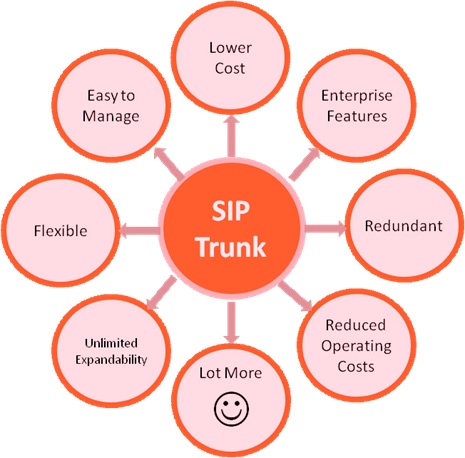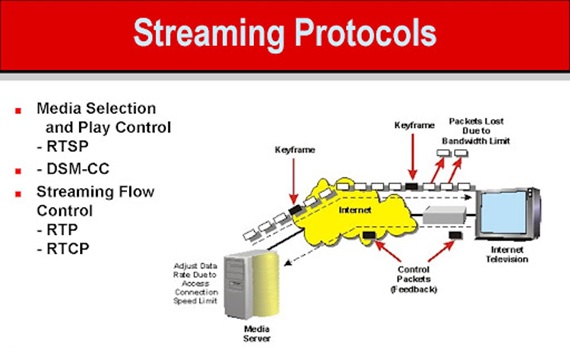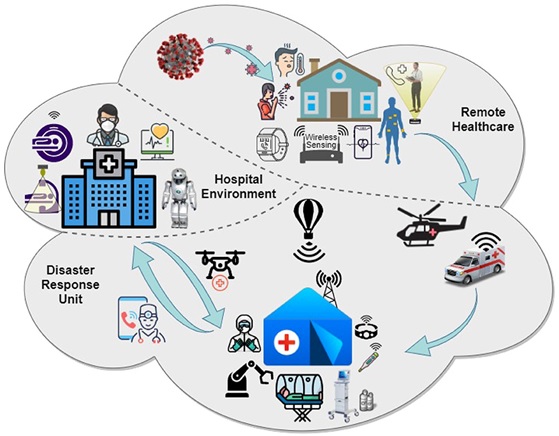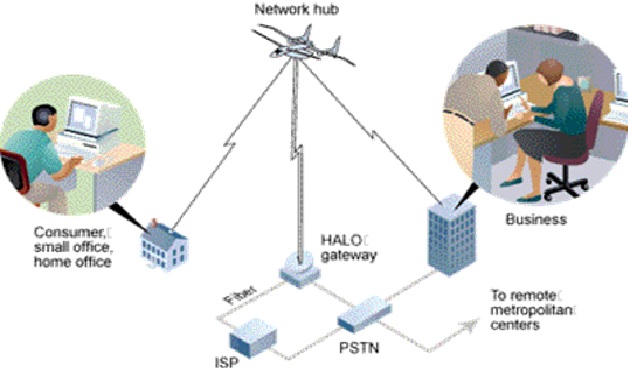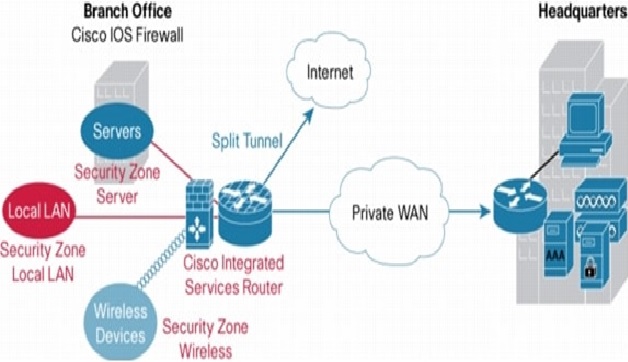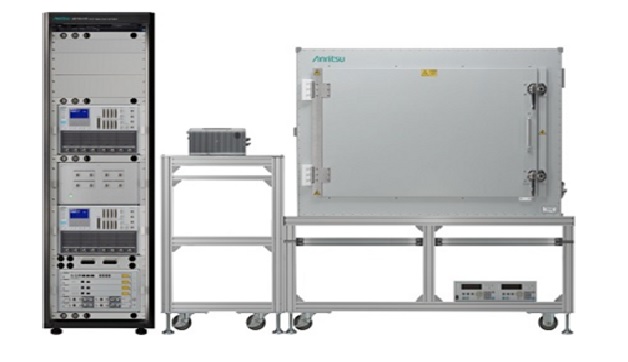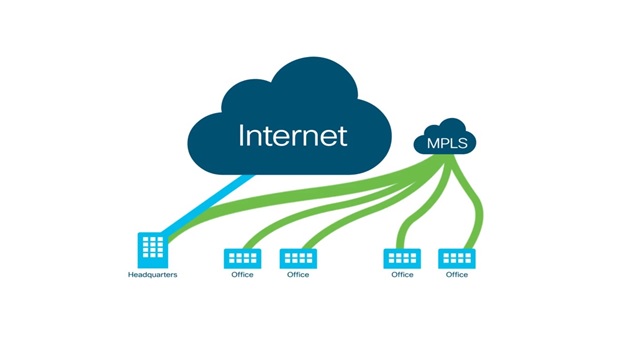Benefits of Packet Sniffers
Packet sniffers or protocol analyzers are tools used by network technicians to diagnose network-related problems. Hackers use packet sniffers for less noble purposes, such as spying on network user traffic and collecting passwords.
Packet sniffers come in several forms. Some packet sniffers used by network technicians are single-purpose hardware solutions. In contrast, other packet sniffers are software applications that run on standard consumer-grade computers, using the network hardware provided on the host device to perform packet capture and injection tasks. [1]
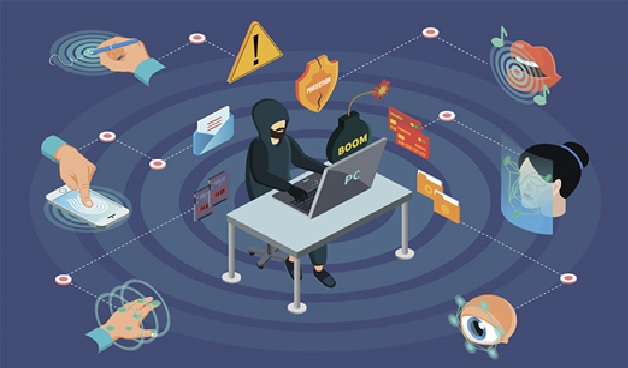
Figure 1. Benefits of Packet Sniffers
Figure 1 shows a network is a collection of nodes, such as personal computers, servers, and networking hardware that are connected. The network connection allows data to be transferred between these devices. The connections can be physical with cables, or wireless with radio signals. Networks can also be a combination of both types.
As nodes send data across the network, each transmission is broken down into smaller pieces called packets. The defined length and shape allows the data packets to be checked for completeness and usability. Because a network’s infrastructure is common to many nodes, packets destined for different nodes will pass through numerous other nodes on the way to their destination. [3]
Benefits of Packet Sniffing
- Identify the Root Cause. For companies large and small, daily tasks can instantly be derailed by performance issues related to the network, an application, or both. To get their company back up and running, sysadmins must be able to quickly determine the root cause. Because packet sniffers view and gather information for all the traffic across the network, they can evaluate critical network pathways to help admins determine whether the application or the network is the cause of poor user experience. With this information in hand, admins are better equipped to pinpoint—and resolve—the origin of an issue.
- Dig Deep into Slowdowns. When users report slowness, admins can use PCAP analysis to measure the network response time—also known as network path latency—and determine the amount of time required for a packet to travel across a network path from sender to receiver. This enables admins to quickly determine the cause of slowdowns and identify affected applications, so they can take action.
- Improve Bandwidth. When users complain “the network is slow,” or “the internet is down,” productivity grinds to a halt, reducing ROI and jeopardizing business growth. To get back on track, you need to understand how your network bandwidth is being used and by whom. A Wi-Fi packet sniffer can retrieve performance metrics for autonomous access points, wireless controllers, and clients.
- Improve Security. A high volume of outbound traffic could indicate a hacker is using your applications, either to communicate externally or to transfer a large amount of data. A packet sniffer can highlight unusual spikes in traffic so you can dig deeper to determine whether a cybercriminal is at work. [2]
References:
- https://www.lifewire.com/what-is-a-packet-sniffer-2487312
- https://www.dnsstuff.com/packet-sniffers
- https://www.paessler.com/it-explained/packet-sniffing
Cite this article:
Thanusri swetha J (2021), Benefits of Packet Sniffers, AnaTechMaz, pp. 40


